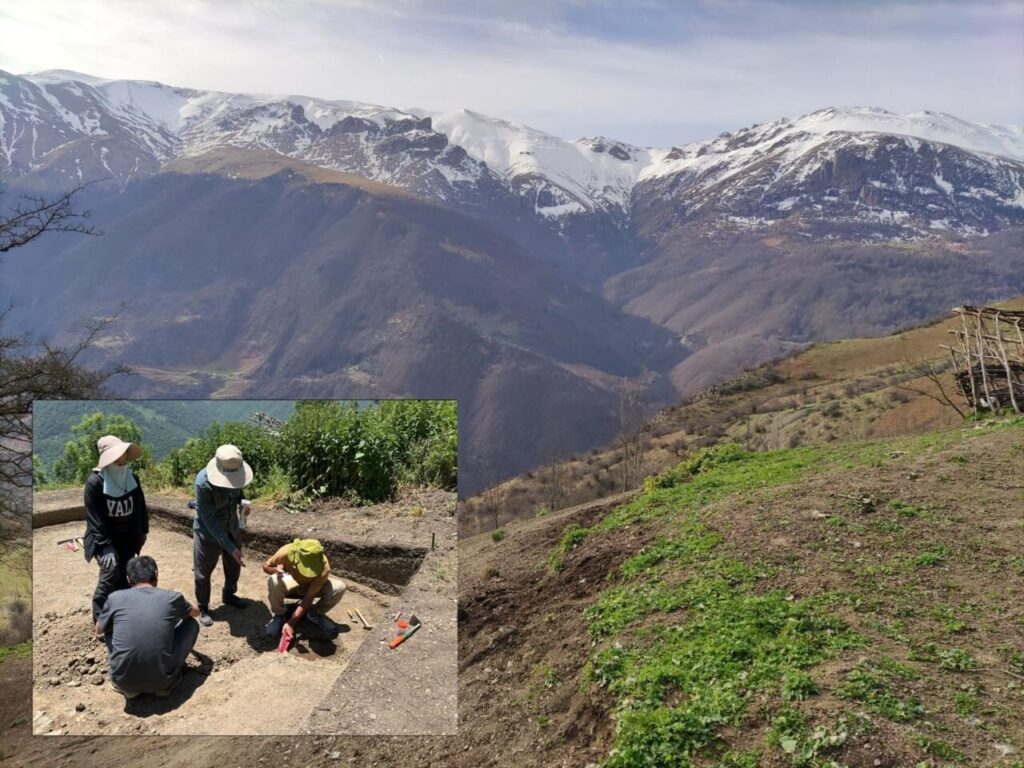The second phase of joint archaeological research by Iranian and Chinese teams began at the historic site of Masule, located in northern Iran.
The project is being carried out under the approval of the Institute for Cultural Heritage in Iran (RICHT) and is being carried out in collaboration with the University of China Science (UCAS) and the National Museum of Iran.
Dr. Abdulza Mohajelinehad, head of the archaeological delegation, emphasized that the project was designed to complete a key document for the registration of Masule’s cultural landscape based on UNESCO World Heritage Sites. Its main purpose includes a specialized investigation of sponge iron smelting techniques over a historical period.
Researchers will focus on analyzing the relationship between the ancient iron-covered industrial zone and the structural fabric of the historical settlement of Masuure, with the aim of reconstructing the dynamic interactions between industrial operations and housing patterns within this unique habitat.
This phase integrates systematic cross-references of archaeological data to historical resources, including local archives, travelogues from the Islamic period, and ancient geographical records, with comprehensive outdoor excavations at metallurgical sites. Absolute dating techniques, particularly advanced methodologies such as radiocarbon (C-14) and luminescence testing, establish sophisticated timelines for local occupations and industrial areas compared to contemporary local sites.
The interdisciplinary approach is expected to significantly improve our understanding of Masuure’s historical evolution in the region’s broader technical, commercial and cultural networks.
Laboratory analysis of important evidence, especially slag samples and furnace debris, produces essential scientific data to demonstrate the prominent universal value (OUV) of Masoure’s cultural industrial landscape. The results from this joint phase will decisively strengthen the World Heritage nomination document and advance candidates for Masule as an industrial residential complex integrated into the UNESCO World Heritage List.
morning

